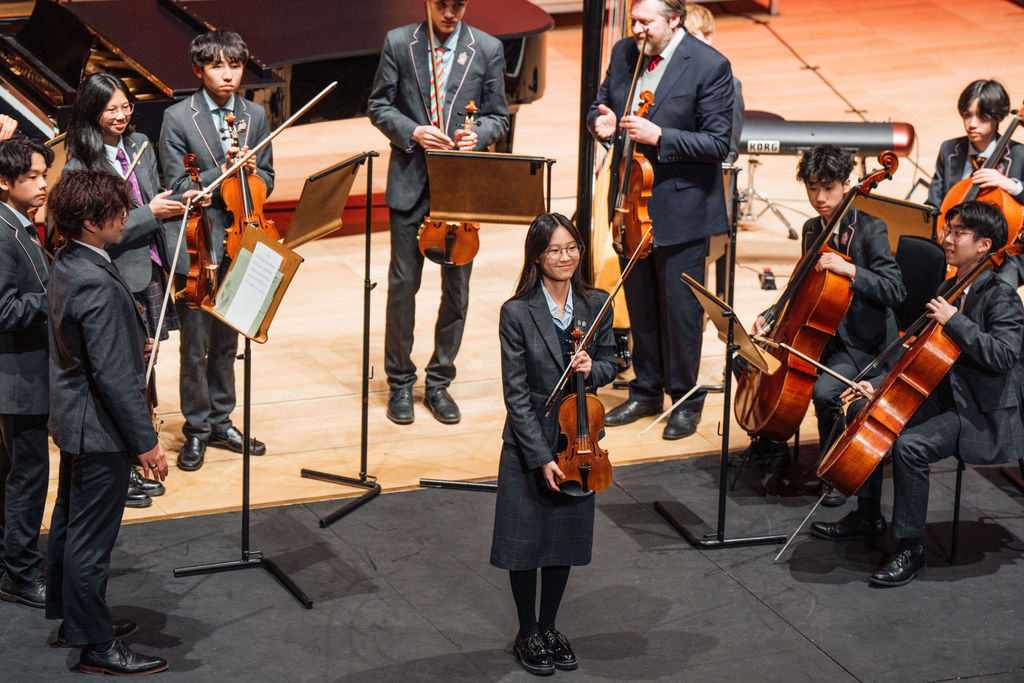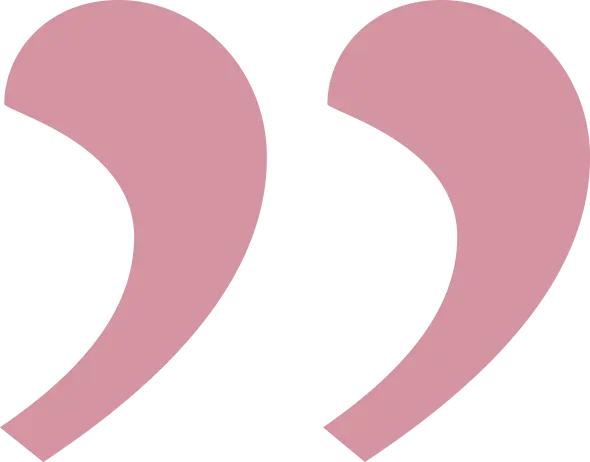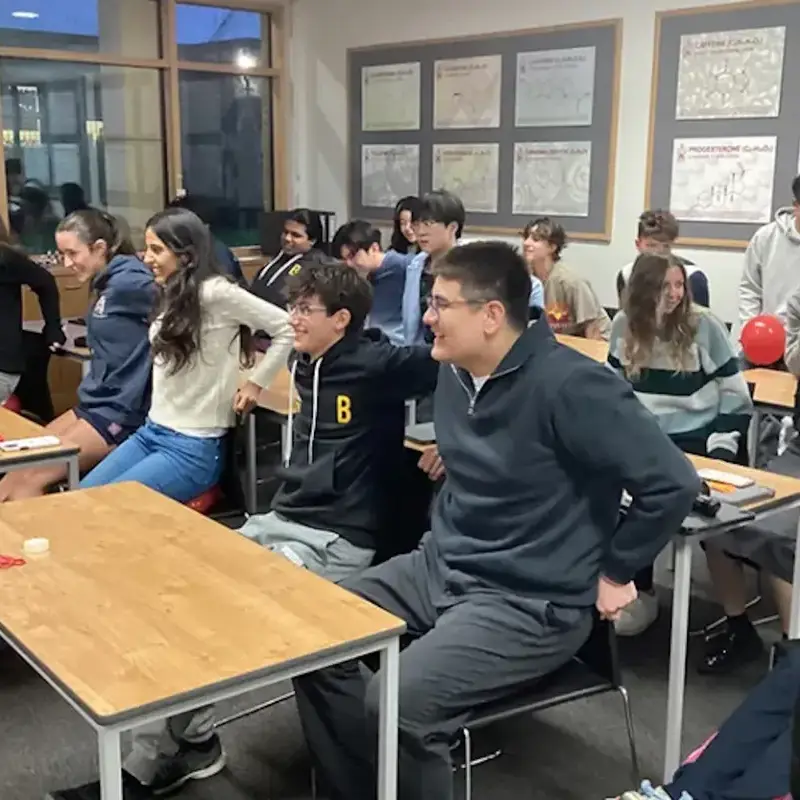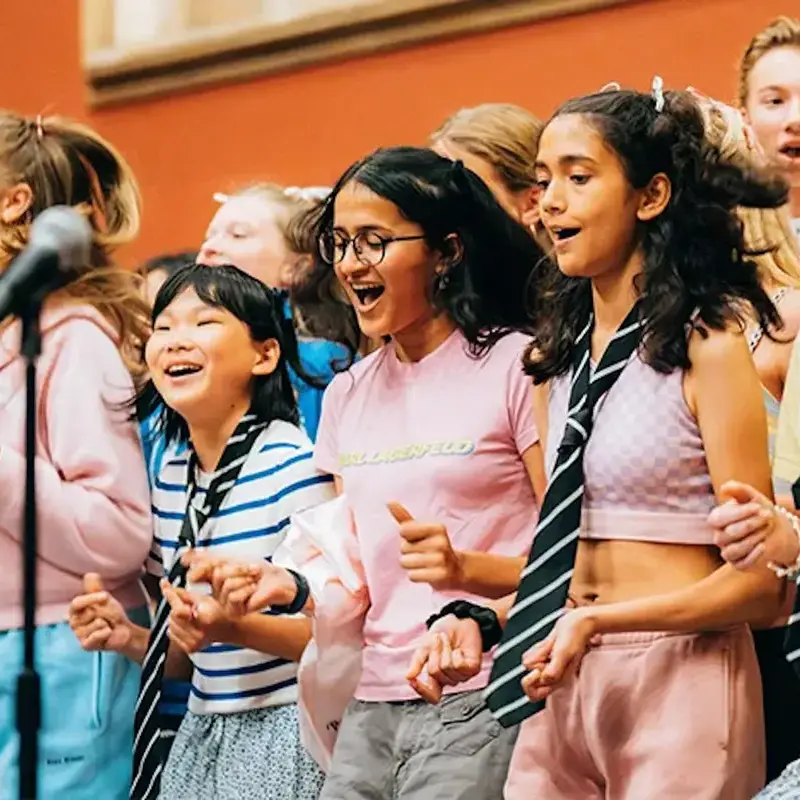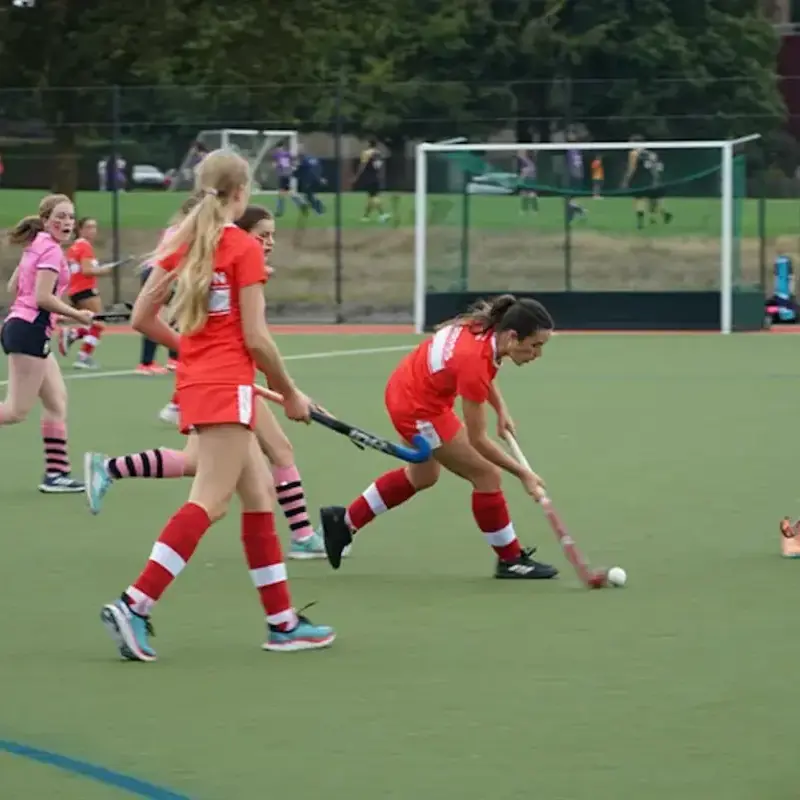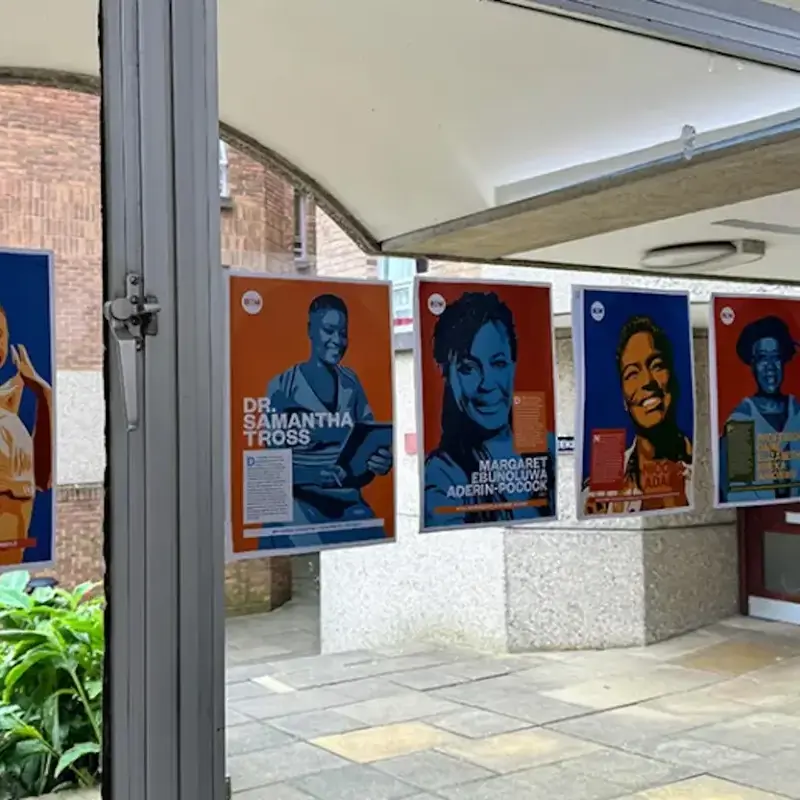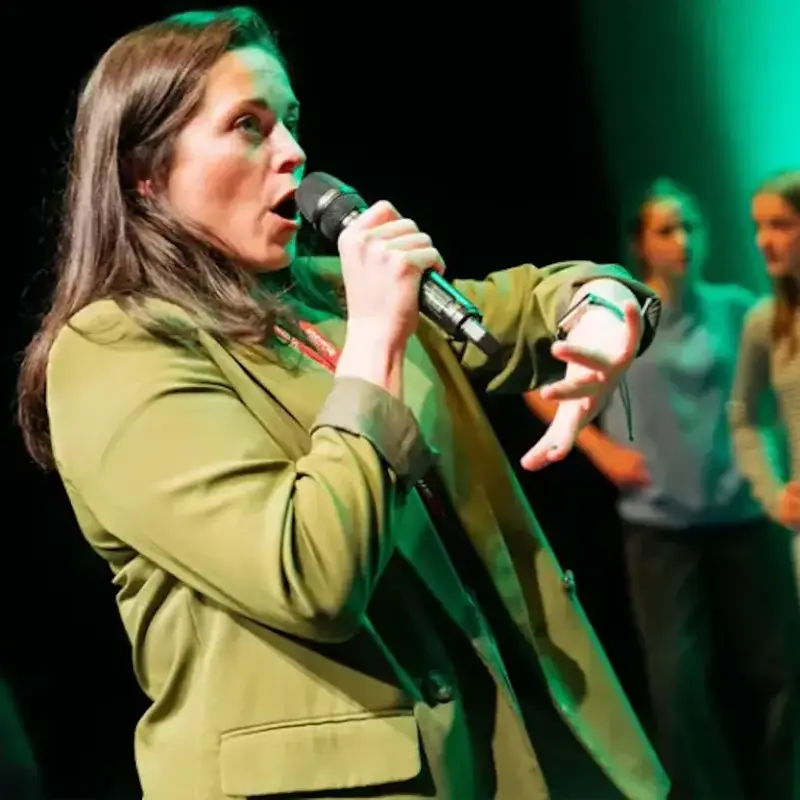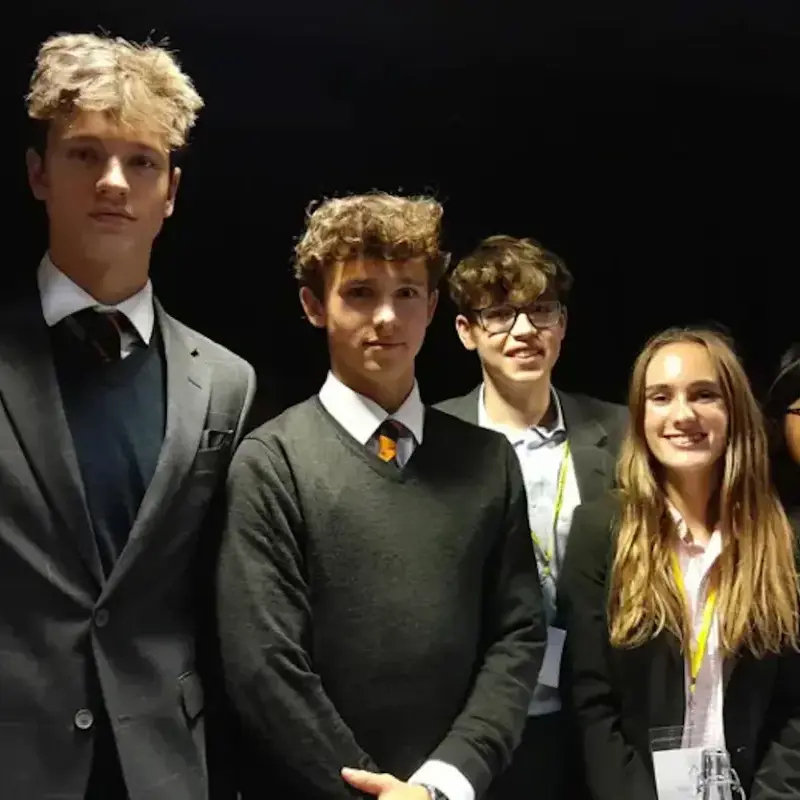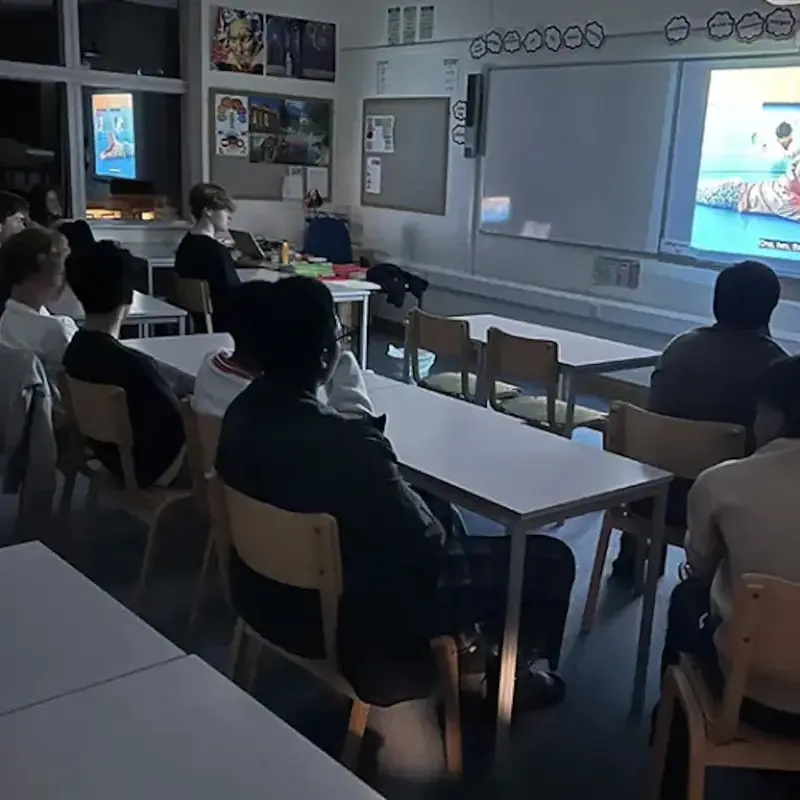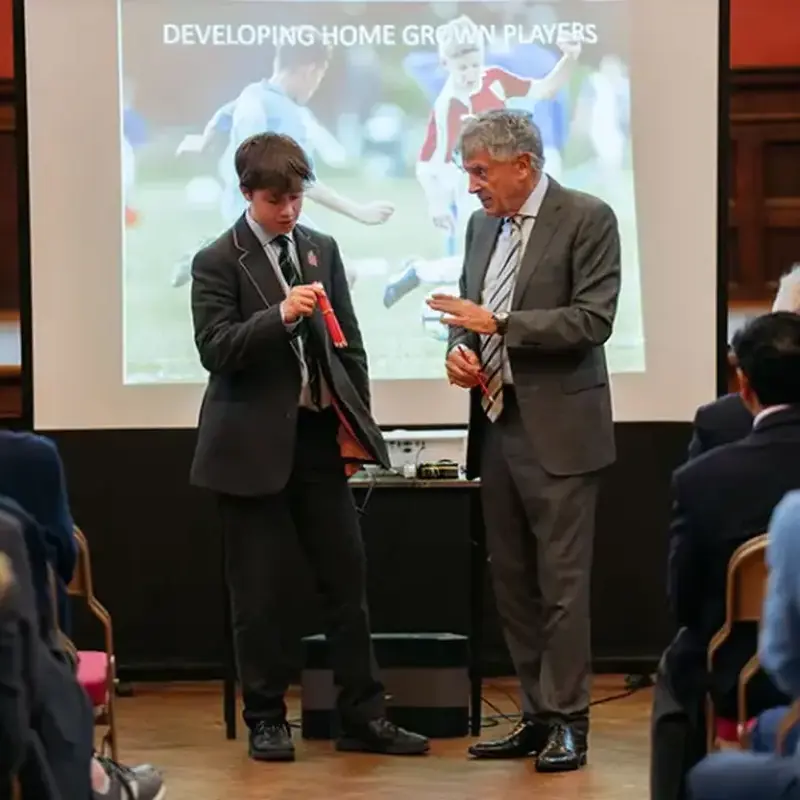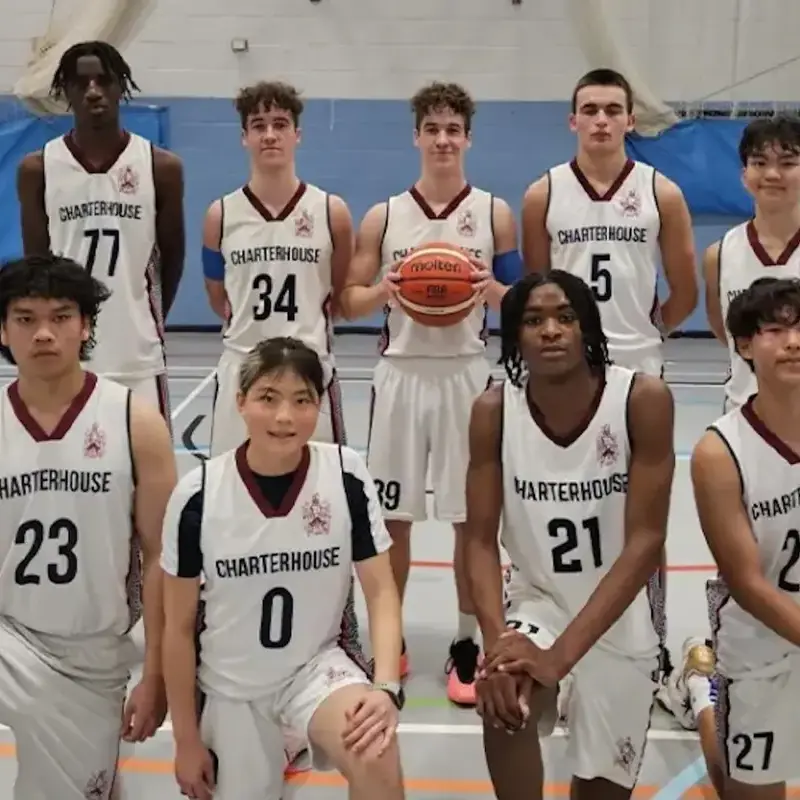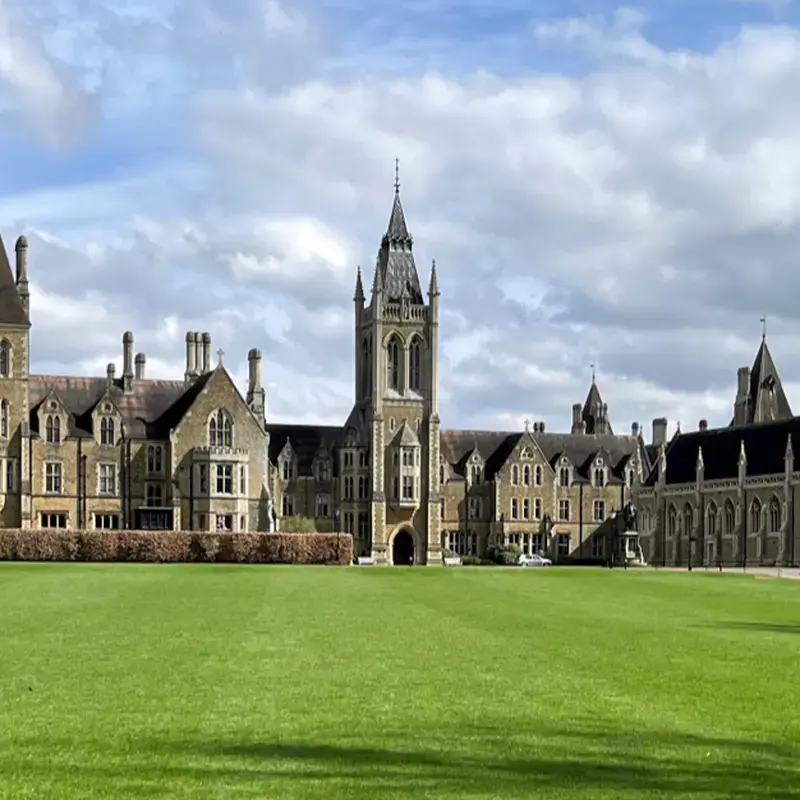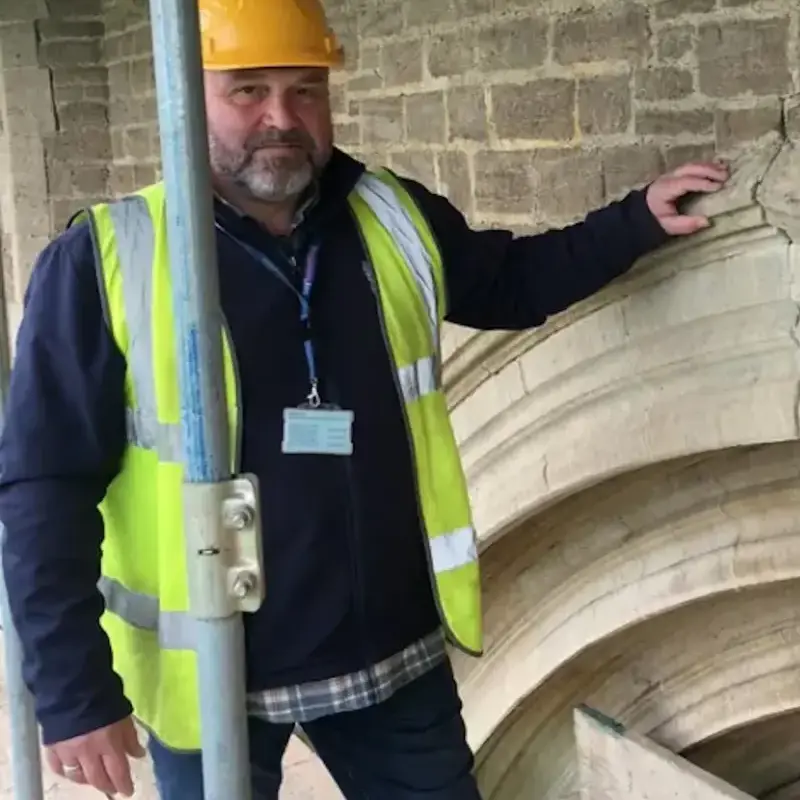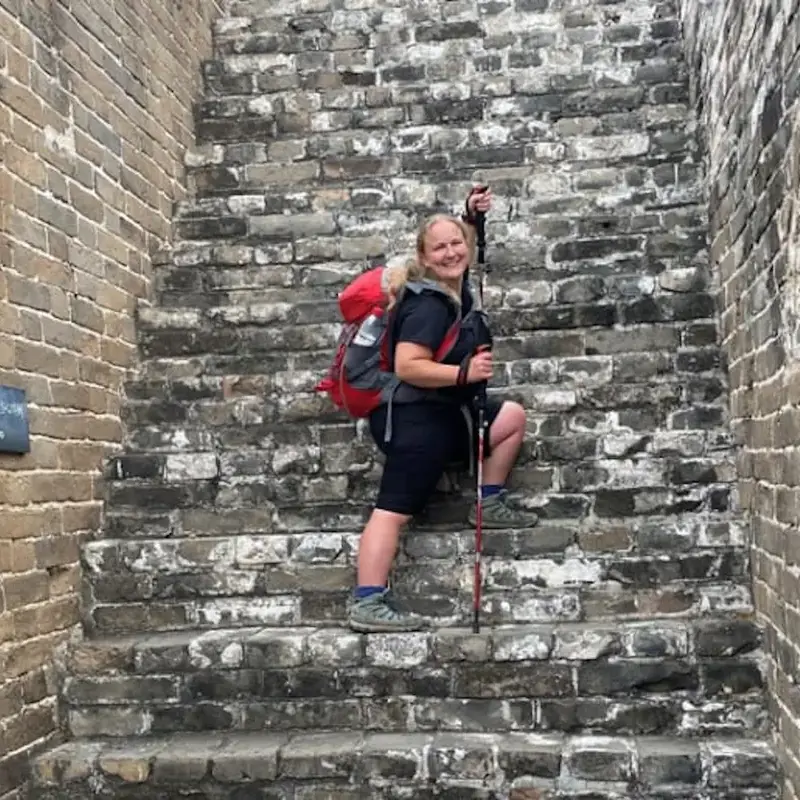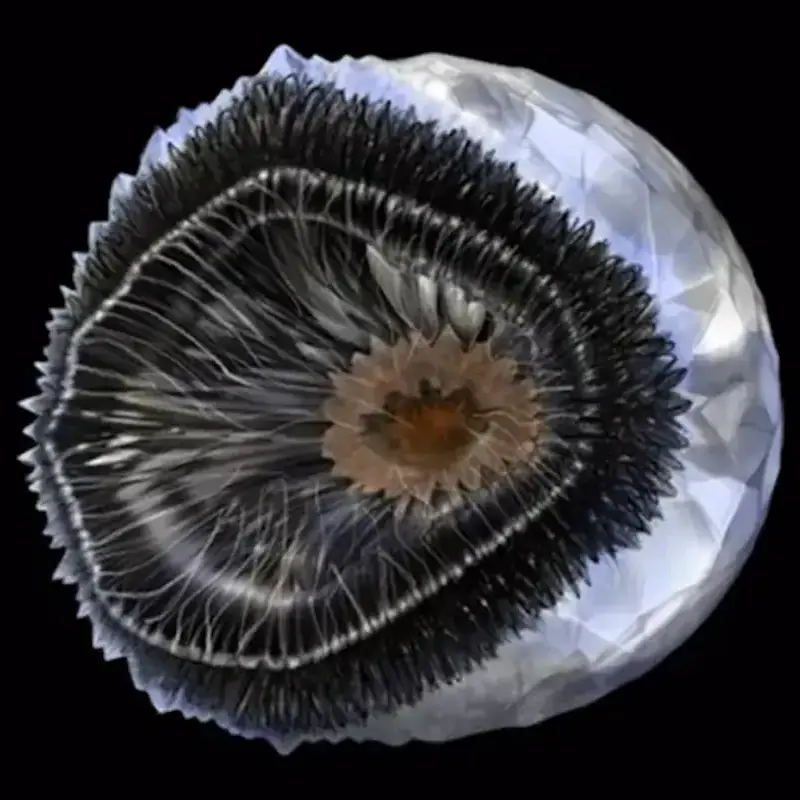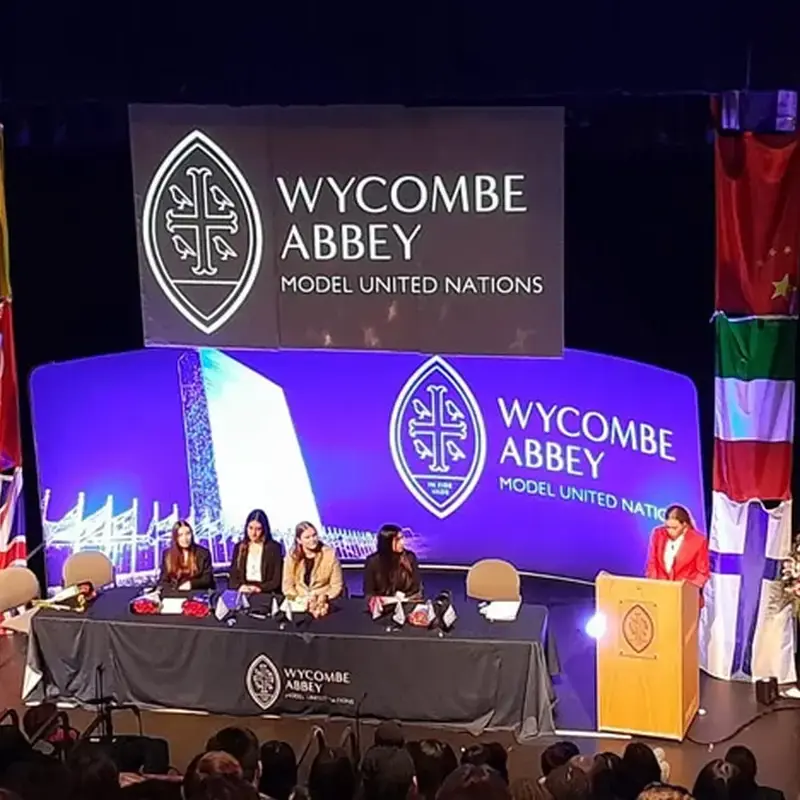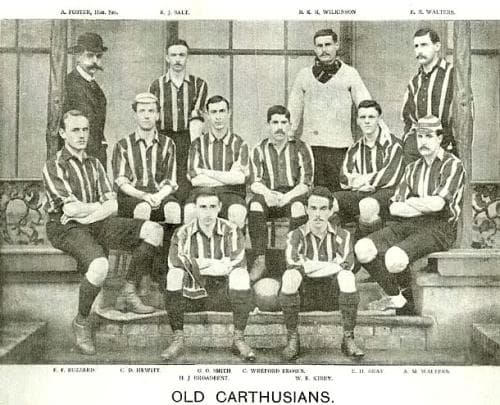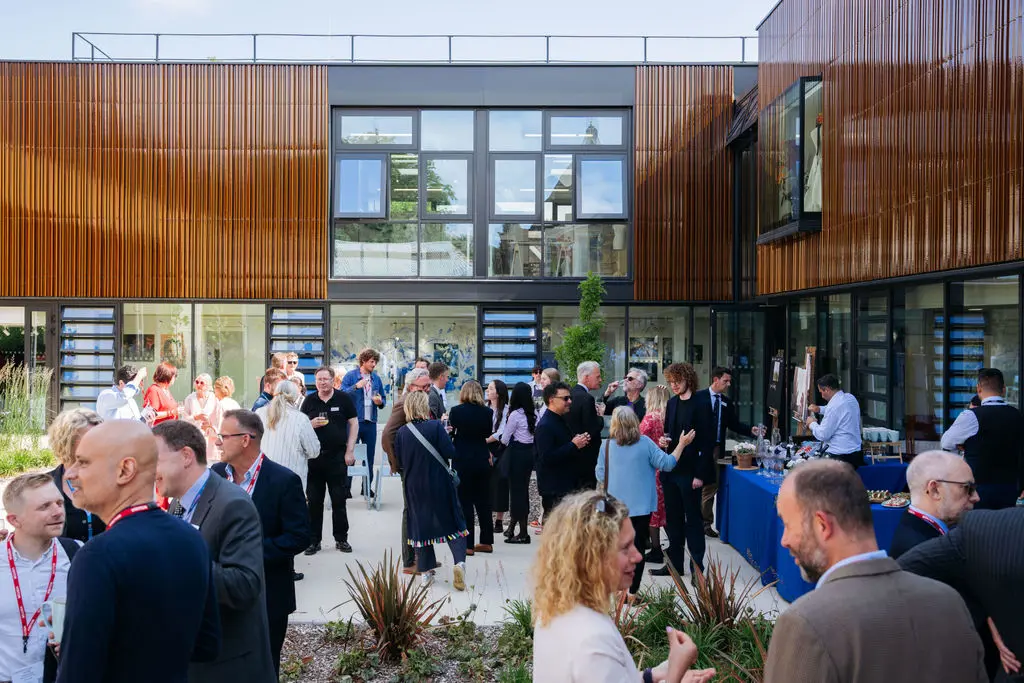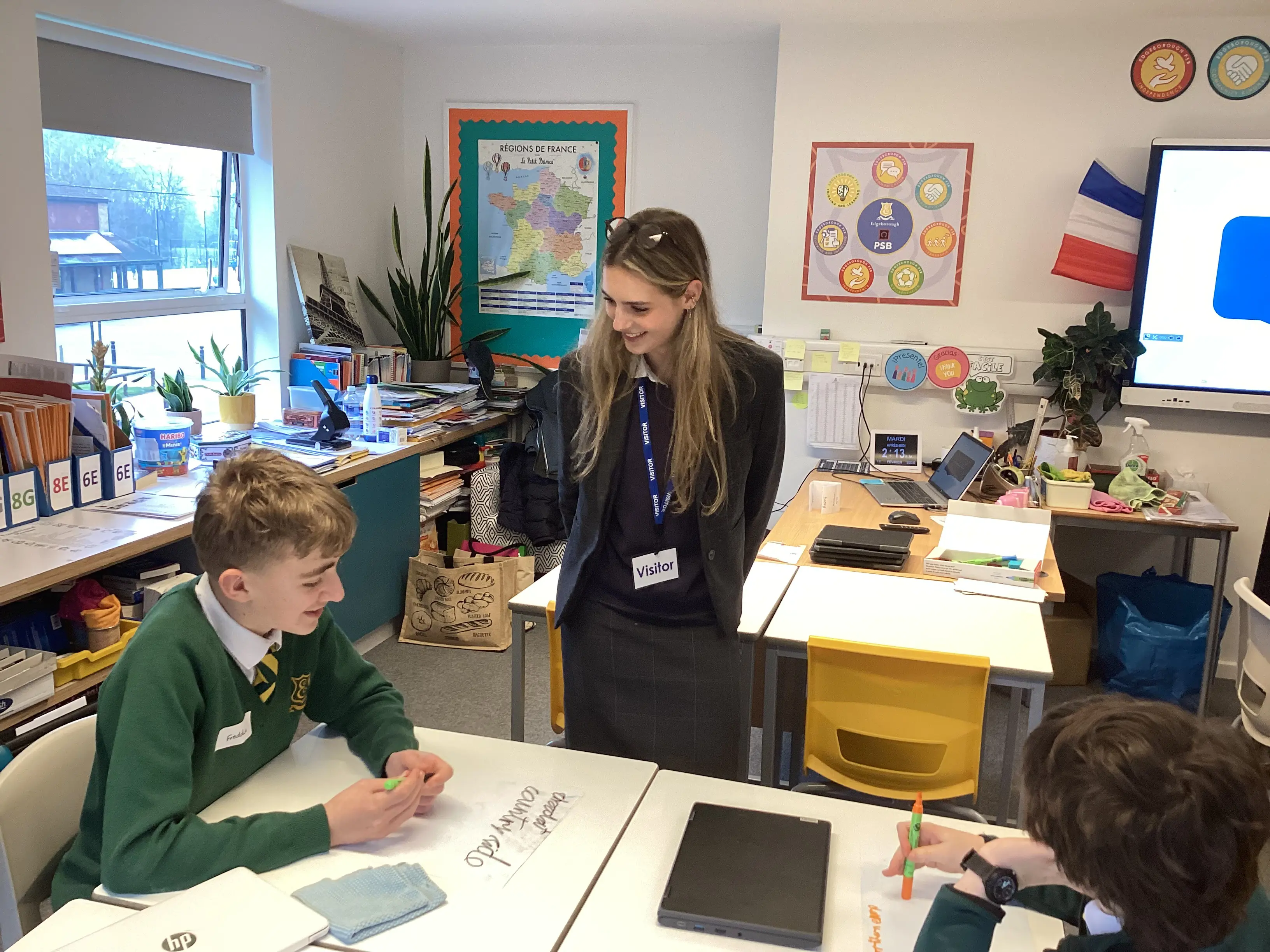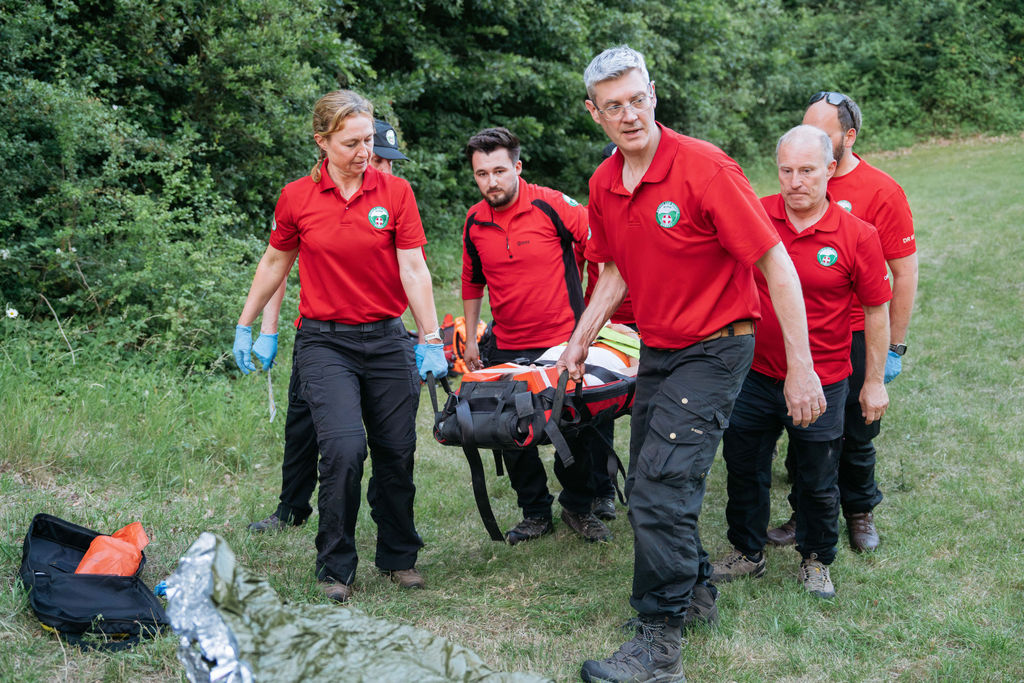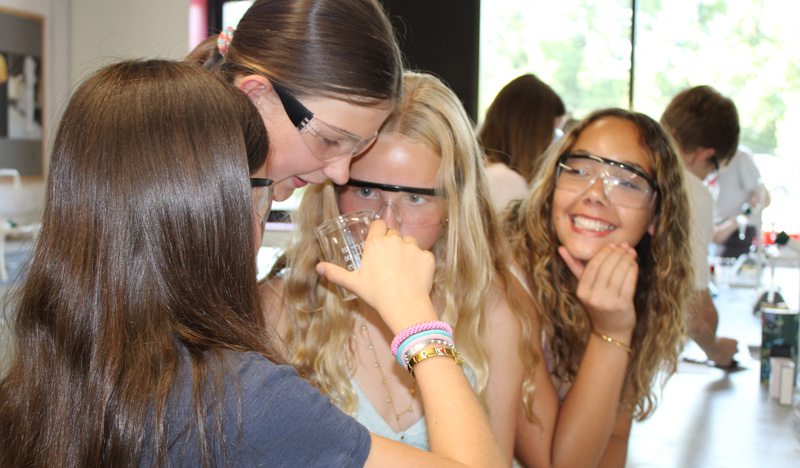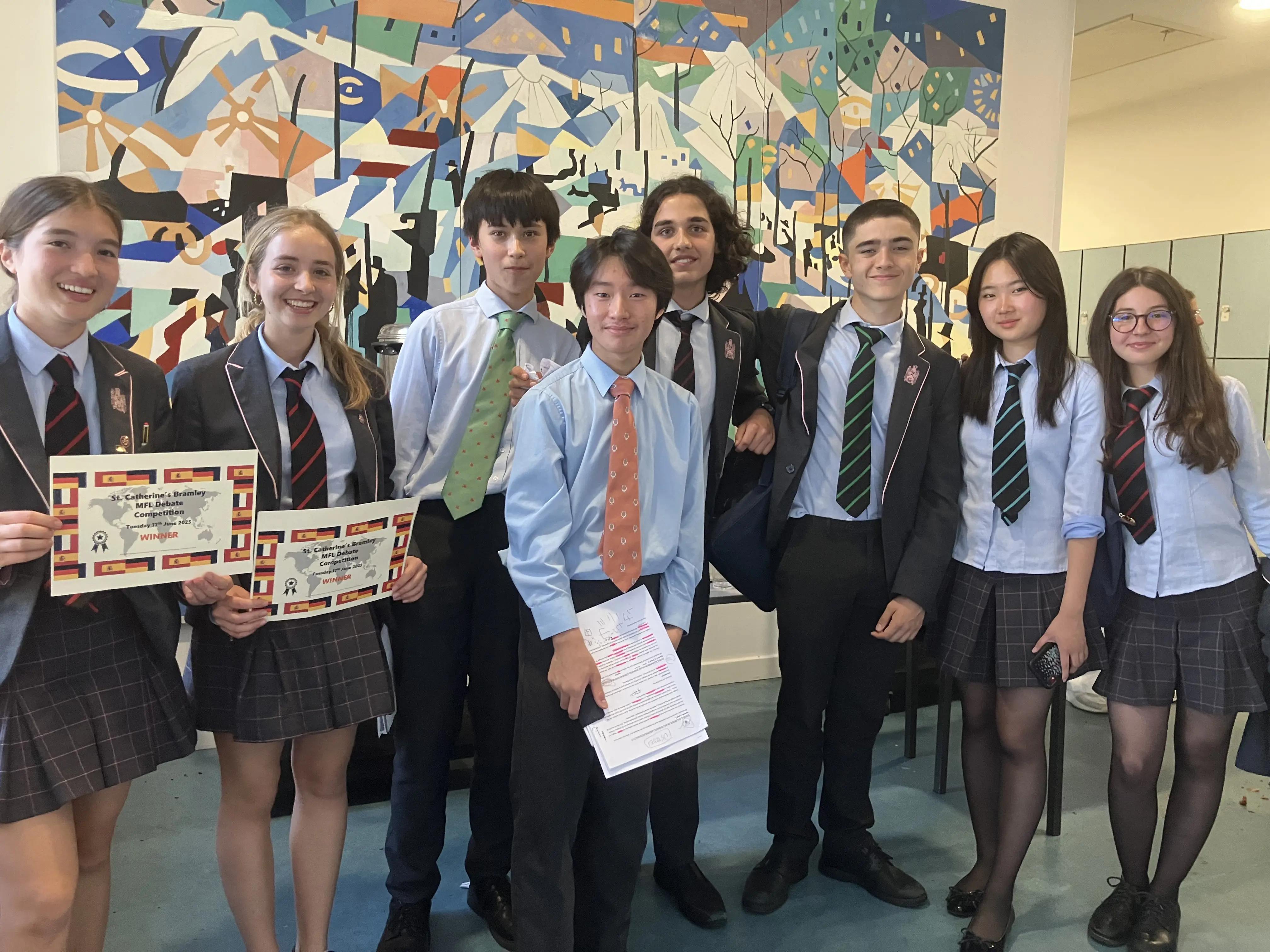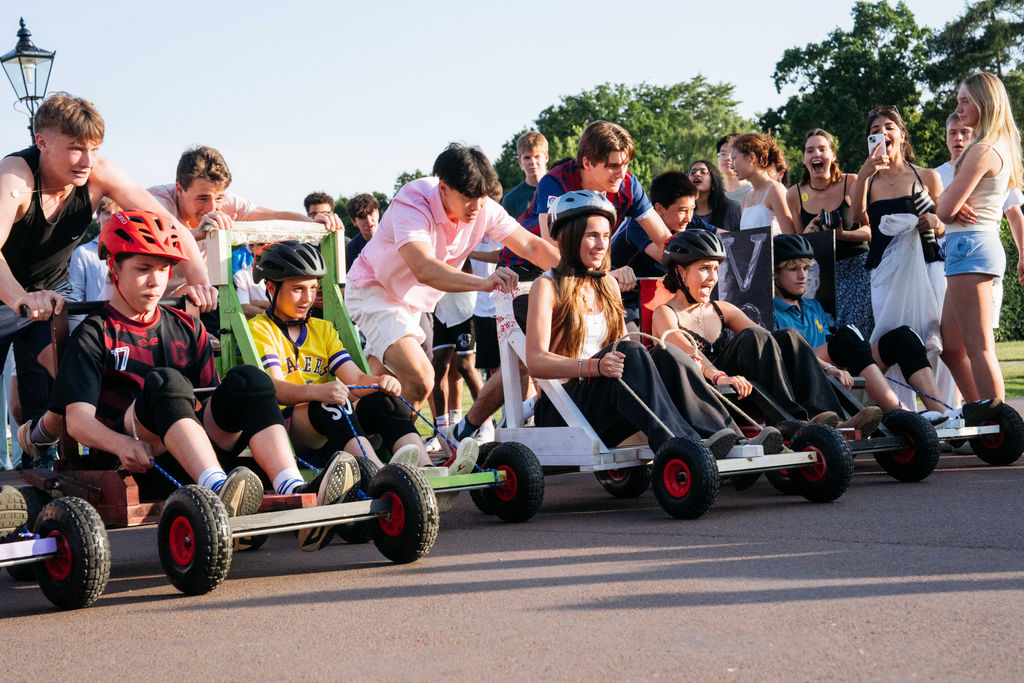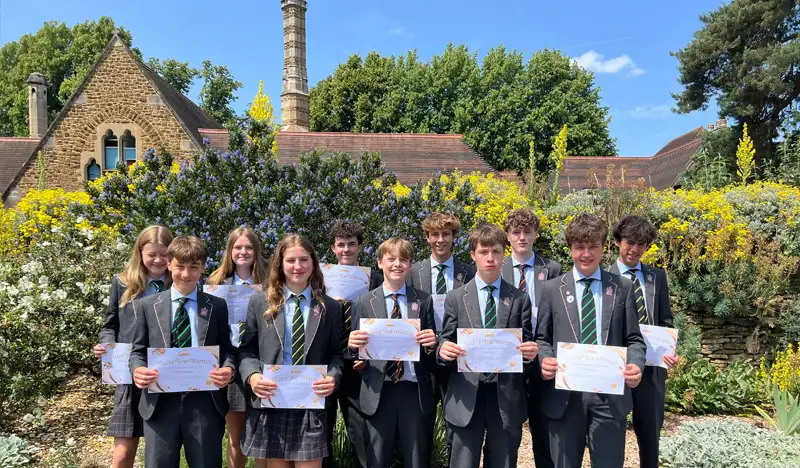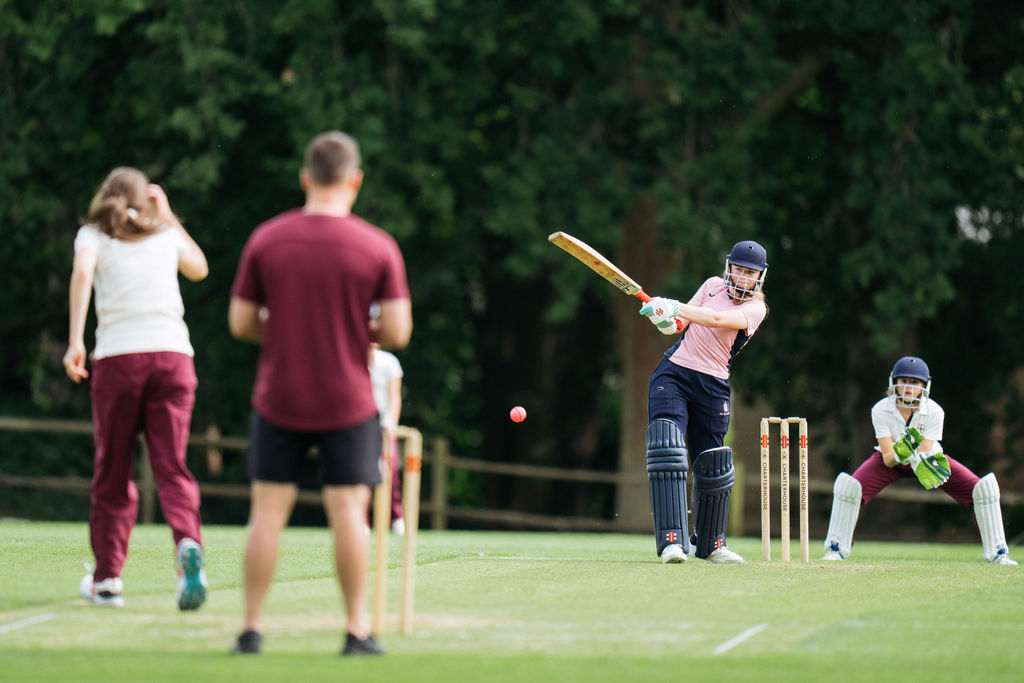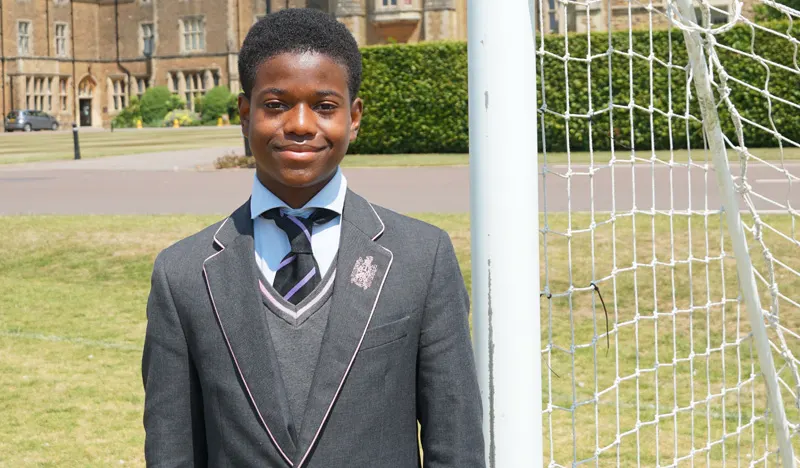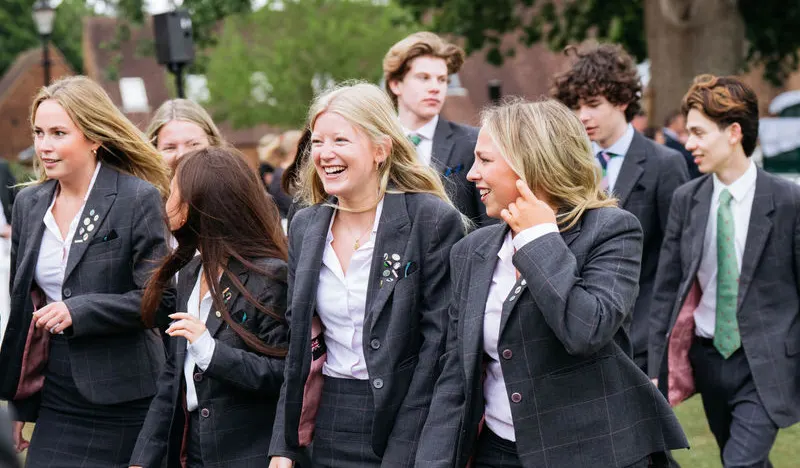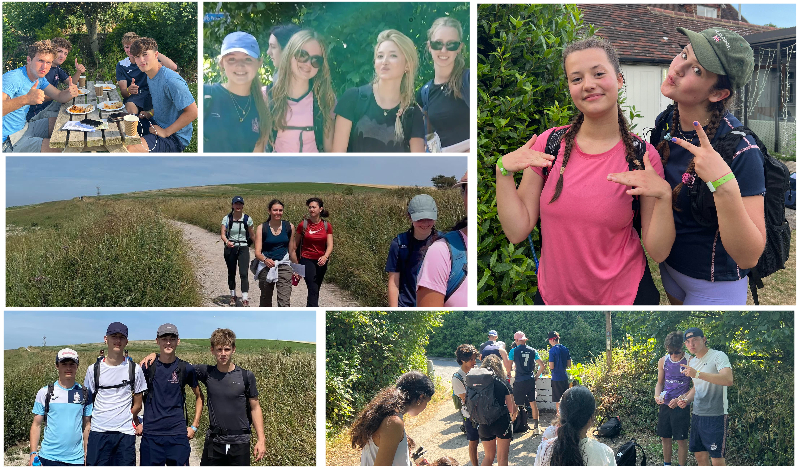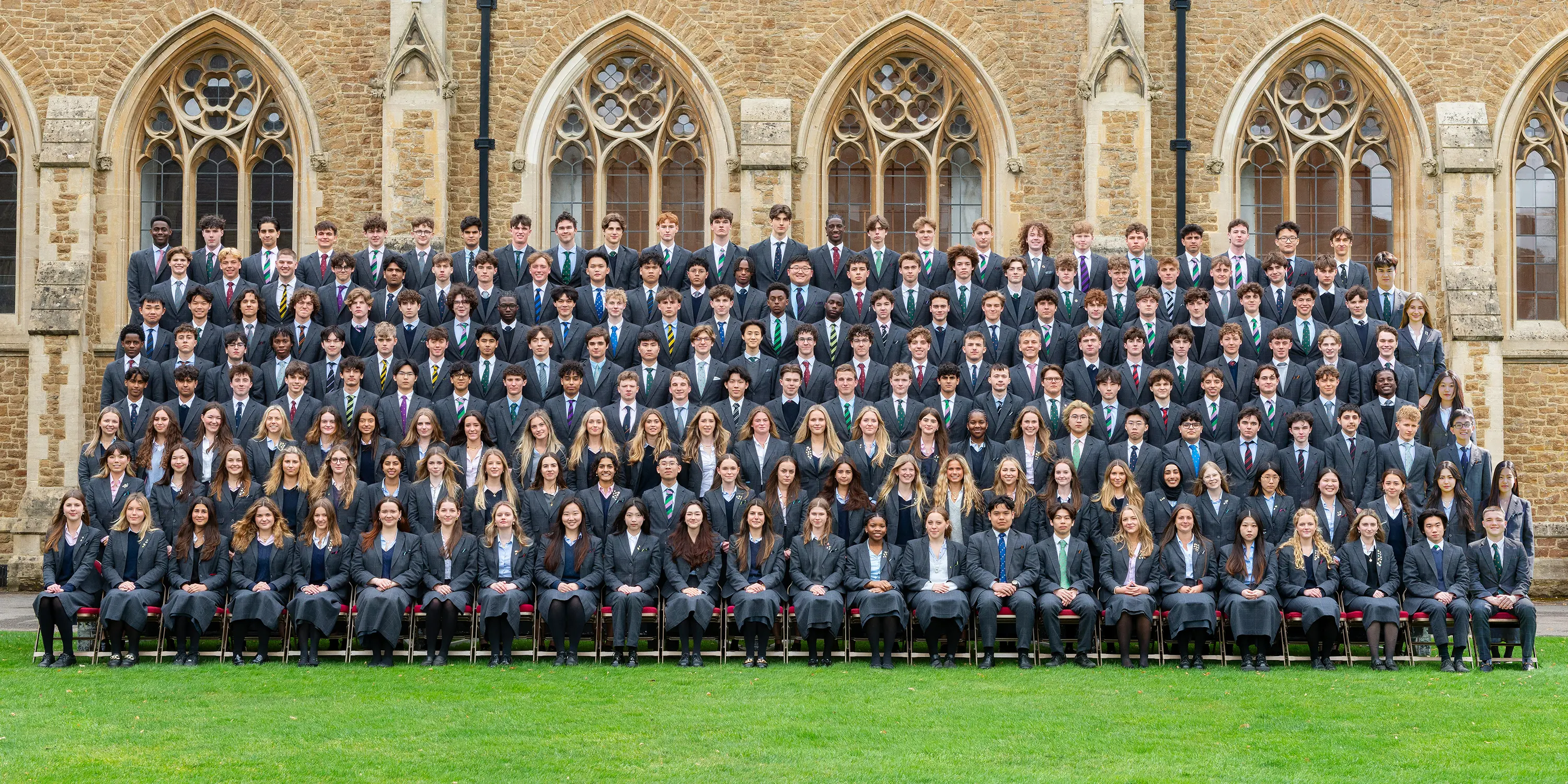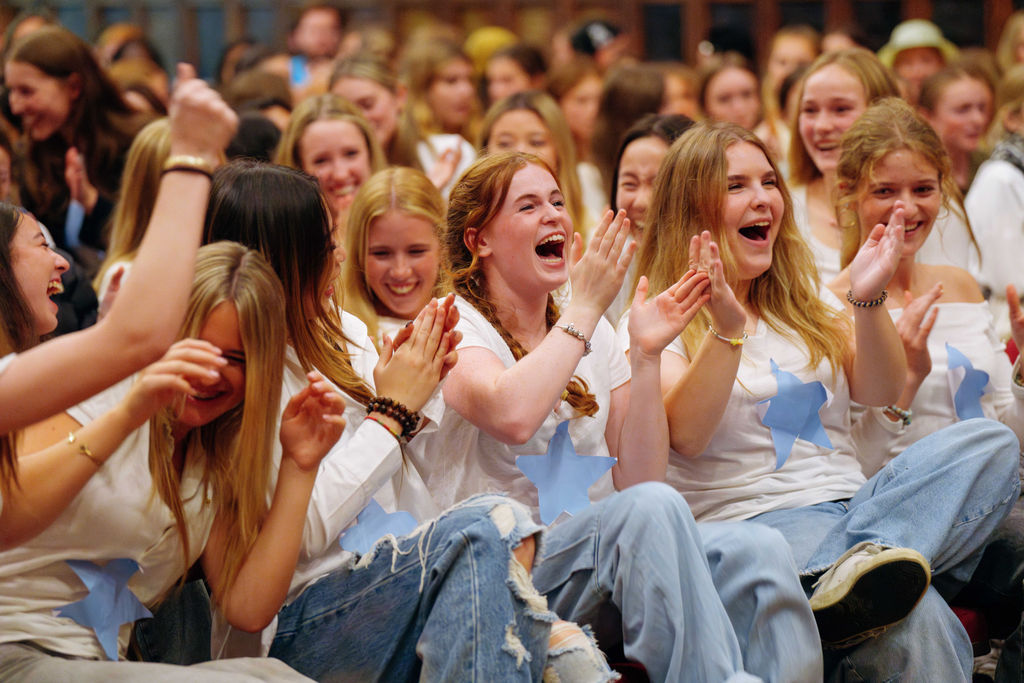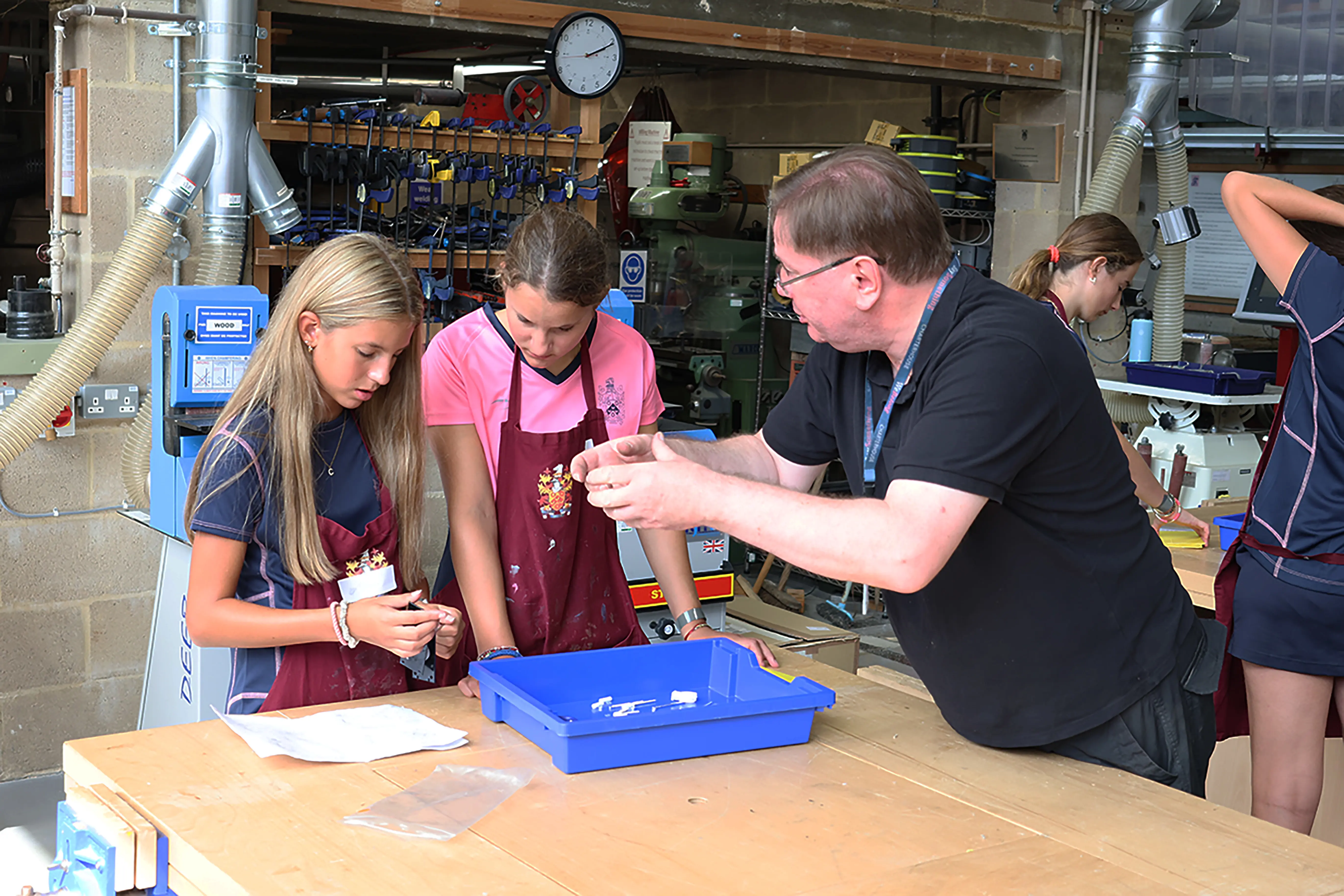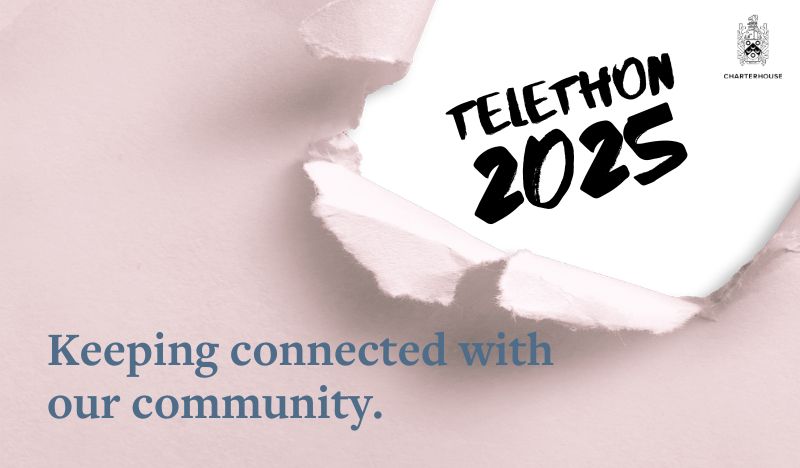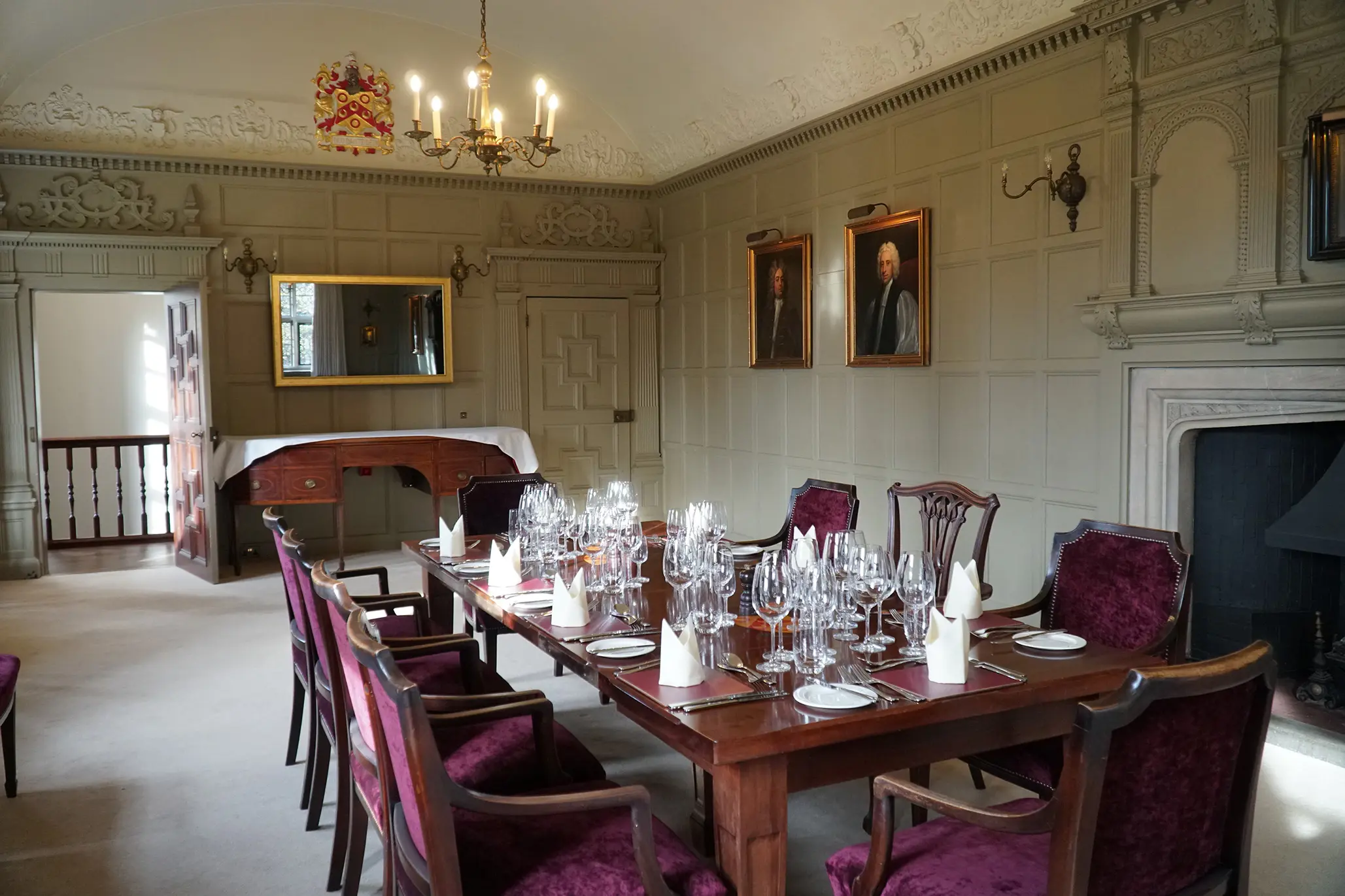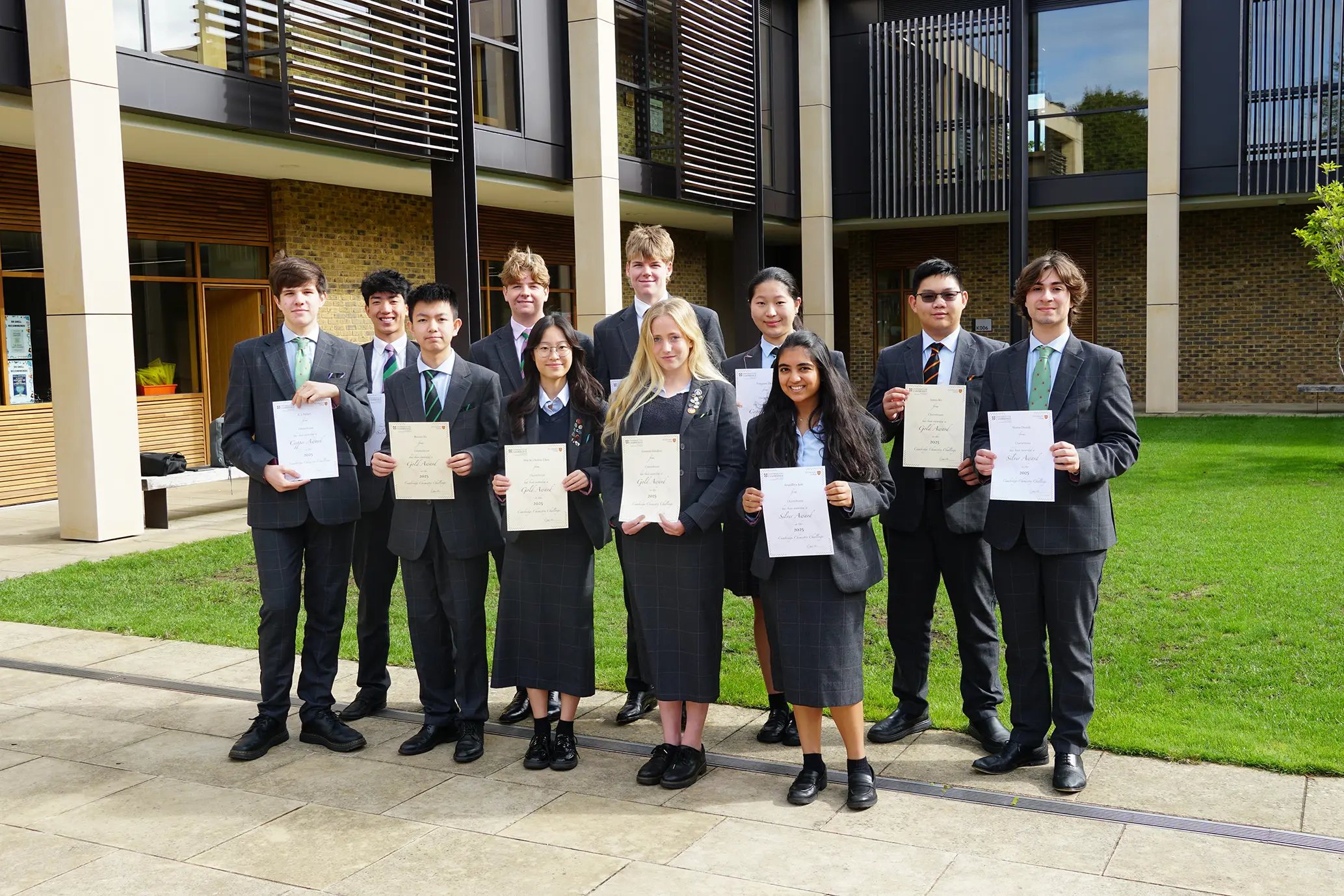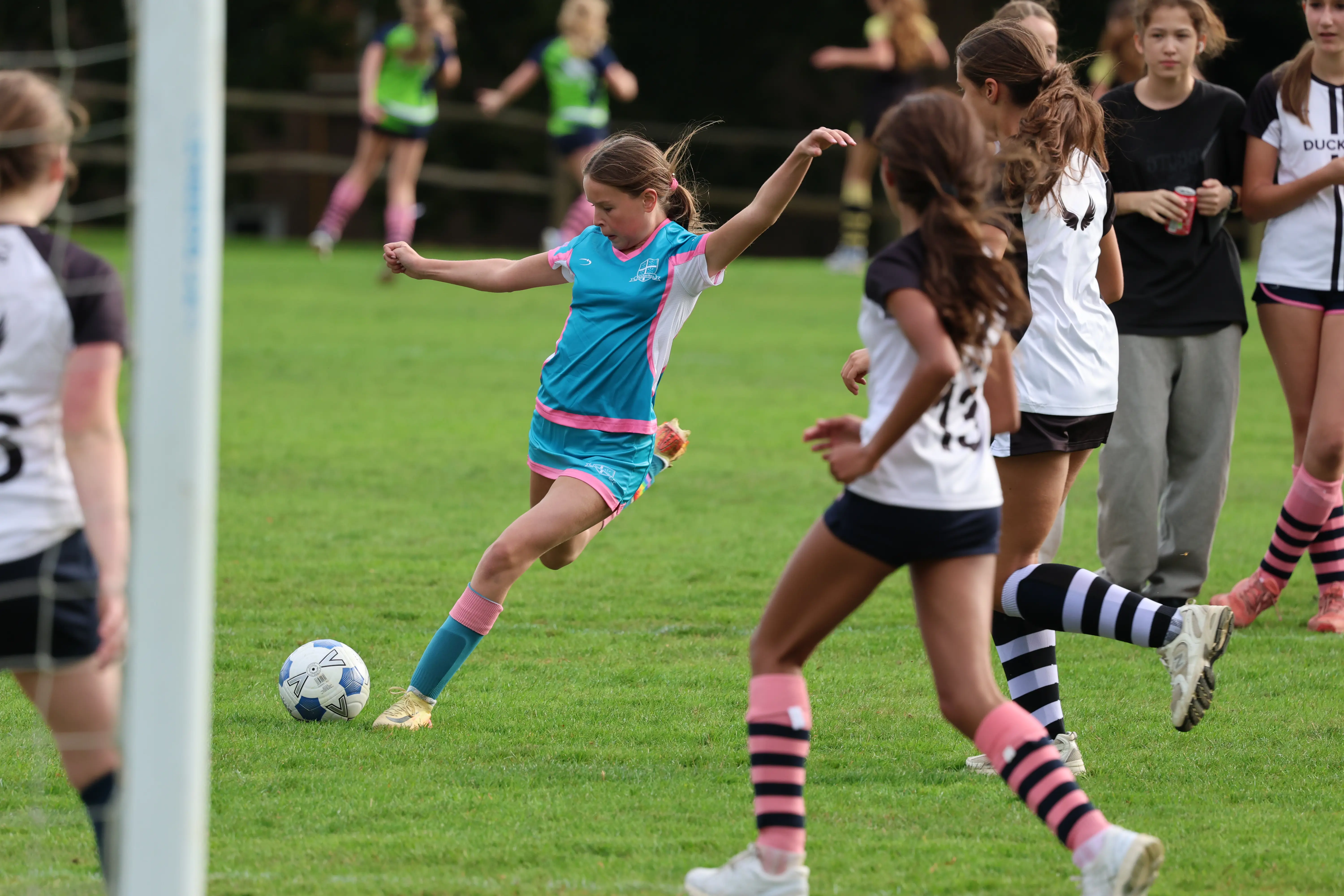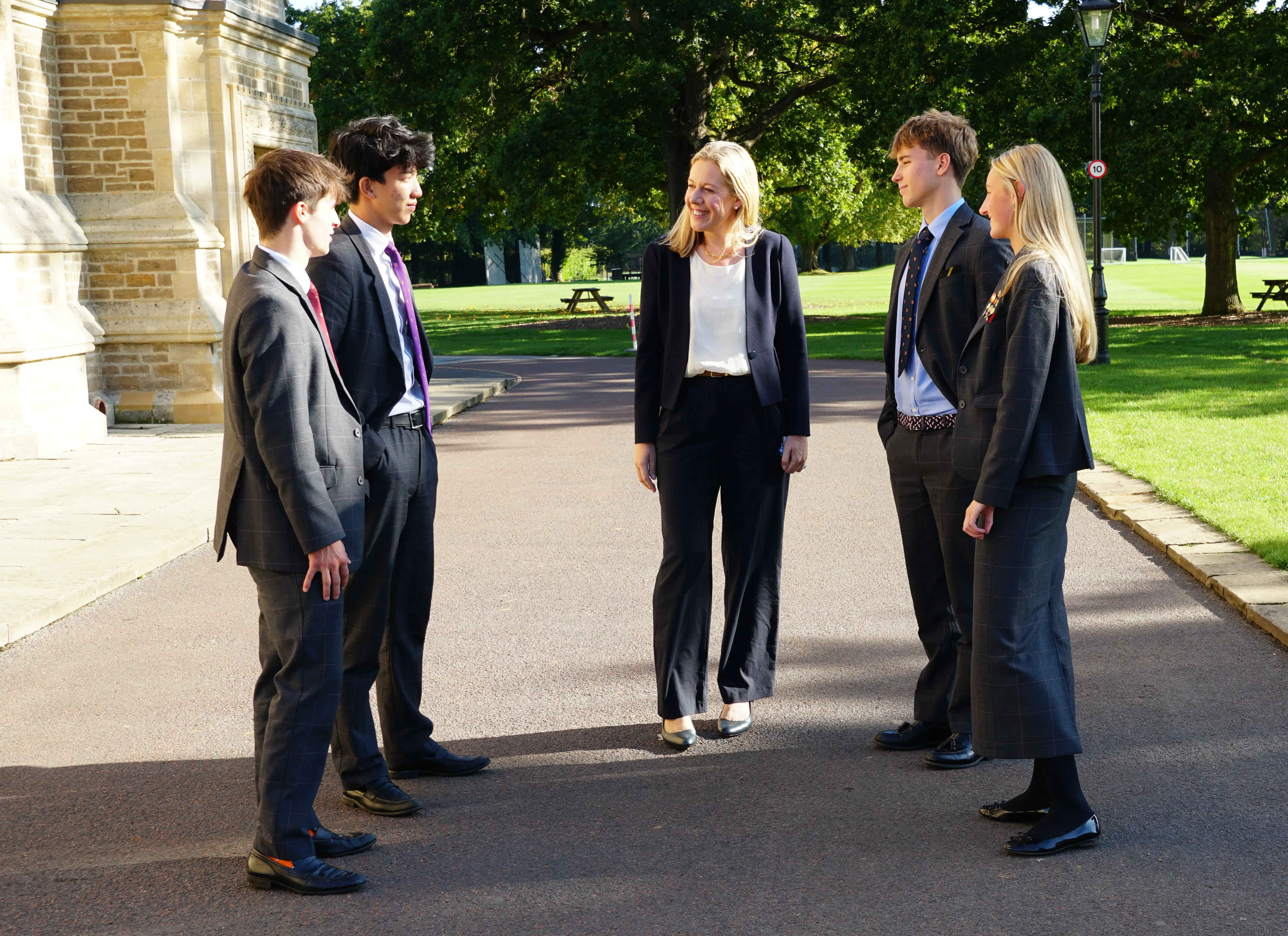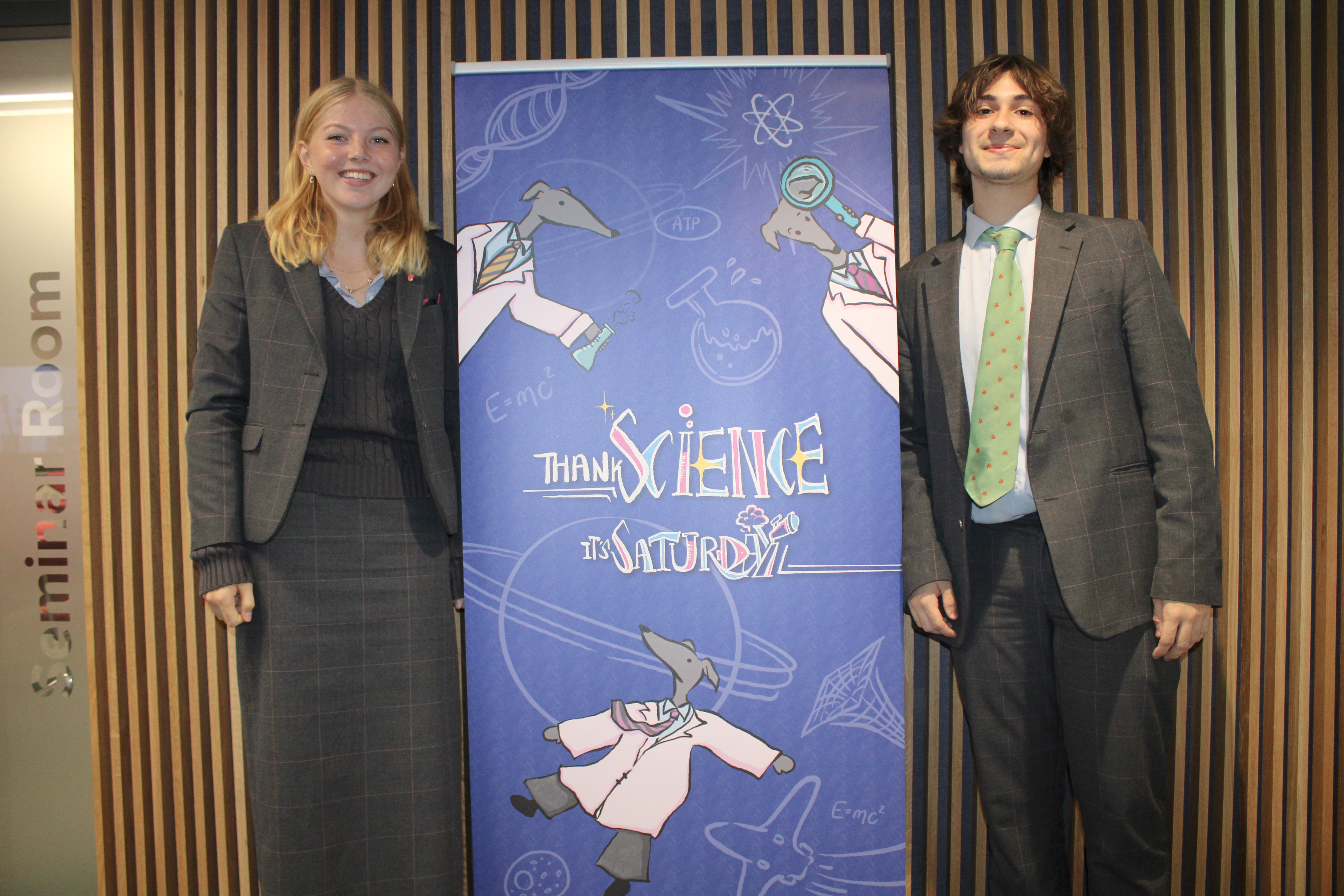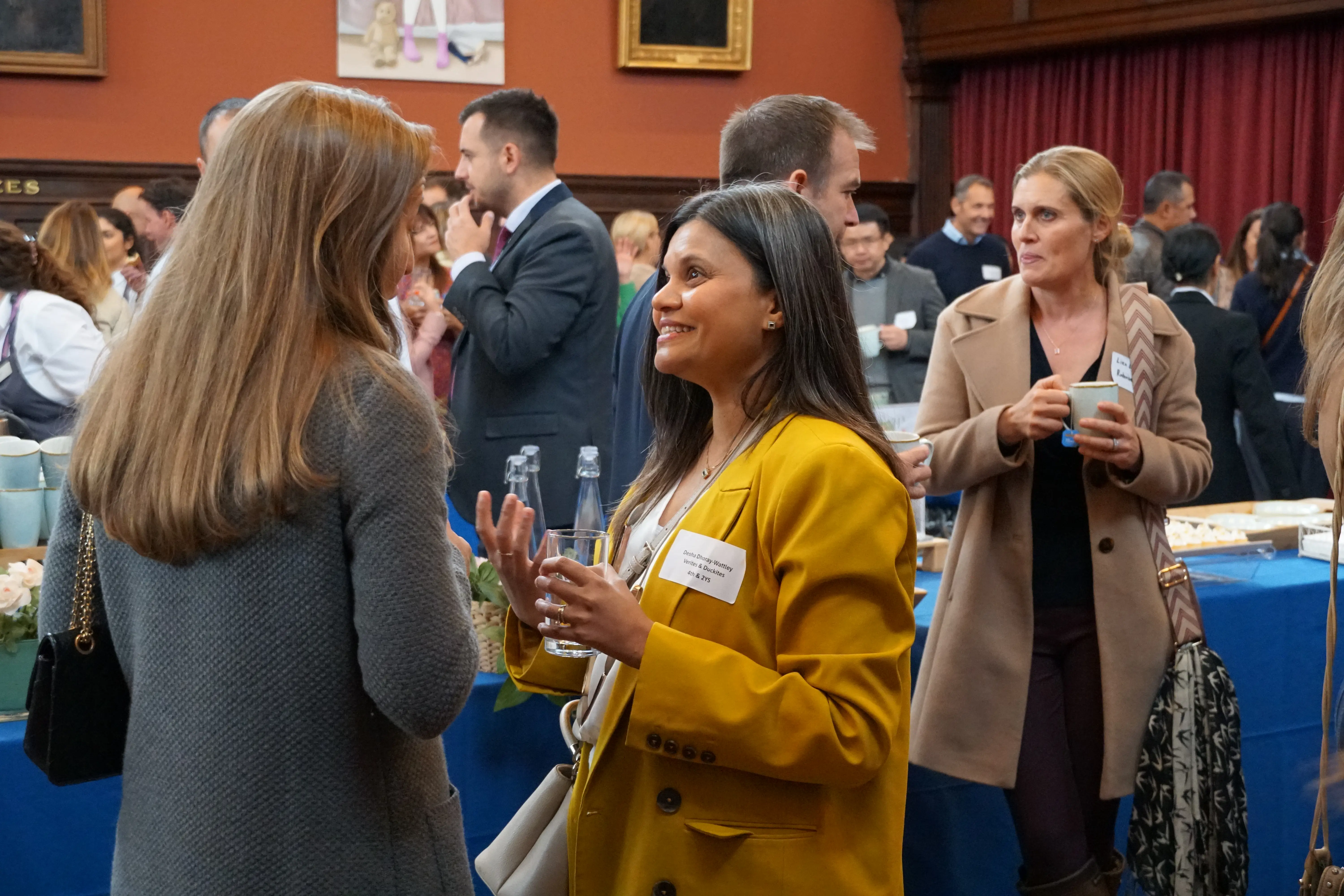Memory Retrieval Using Music
By ChrIsty, Second year specialis (Year 13)
30 SEPTEMBER 2025
charterhouse news
In the latest issue of Atomic Magazine, Charterhouse's entirely pupil-led, written, and published scientific magazine, Christy, Second Year Specialist (Year 13), explores the fascinating intersection of music and neuroscience.
Music, an art form that works with sounds by instruments and voice, is a universal language that connects us emotionally and culturally, transcending age, race, and background. It can improve our moods, reduce stress, and allow creative expression of our emotions. However, the influence of music reaches even deeper. Scientific research has shown that music can serve as a powerful cue for memory retrieval. In this article, I am going to explore the fascinating intersection of music and neuroscience, examining how music interacts with memory processes in the brain and how this knowledge may be applied to therapeutic contexts.
How do we retrieve memories?
In cognitive psychology, memory retrieval can be categorised into two ways. One way is through recognition, when we identify information we have encountered before - such as spotting a familiar face in the crowd; the other is recall, when we bring information to mind without direct prompts - such as remembering the name of a childhood friend. Often, the process is helped along by retrieval cues, which are specific pieces of information associated with the memory. It acts as a stimulus to memory retrieval. Music is one of the most powerful of retrieval cues. When a song or a piece of music is present at the moment a memory is formed, our brains naturally associate the two together, allowing easier retrieval of these memories.
But what actually happens in the brain during memory retrieval?
At the neurobiological level, the hippocampus, responsible for memory and learning, plays a crucial role in memory retrieval. It is located within the temporal lobe on both sides of our brains, as part of the limbic system. When we attempt to retrieve a memory, the hippocampus glues different pieces of information together for recall. For example, in an episodic memory, the hippocampus makes a connection between the ‘when’ and ‘where’ through a process called neural synchronisation, where neurons fire together.
When neurons that codes for the ‘when’ and neurons that codes for the ‘where’ synchronise, the association between these two details are joined, in accordance wi the Hebbian Theory. This theory states that synaptic efficacy increases when a presynaptic cell repeatedly and persistently stimulates a postsynaptic cell. In a nutshell, when two neurons are active at the same time, communication between them becomes much easier. This repeated activation then strengthens the specific neural pathway of retrieving a memory, making retrieval easier when information is associated with related stimuli... (cont.)
Christy is pictured holding the violin in the picture on the right.
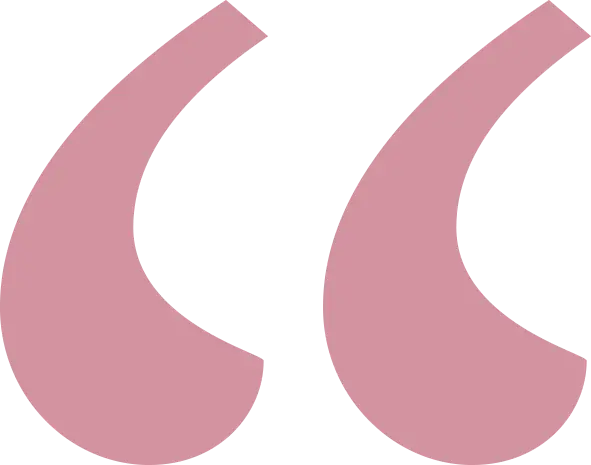
Music, often perceived purely as an art form, has a profound and scientifically grounded connection to memory. It not only serves as a memory retrieval cue, but also holds tremendous therapeutic potential, especially for individuals with neurological and psychological conditions, aiding reconnections to their memories. Looking ahead, the positive influence of music on our wellbeing could grow even stronger, leading us to a bright future!
Christy, Second YEAR SPECIALIST (Year 13)

